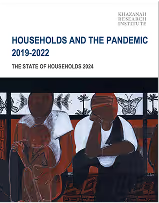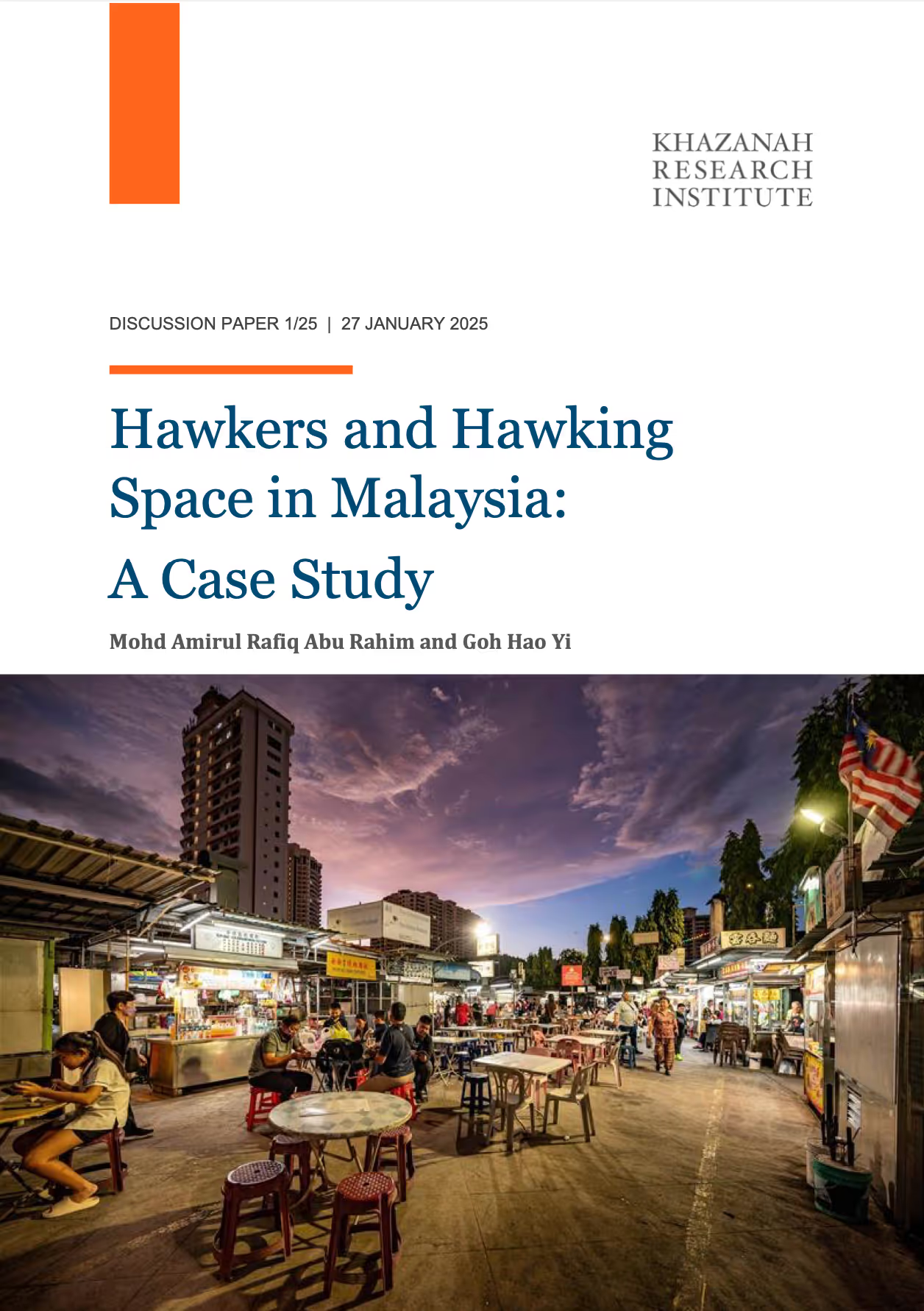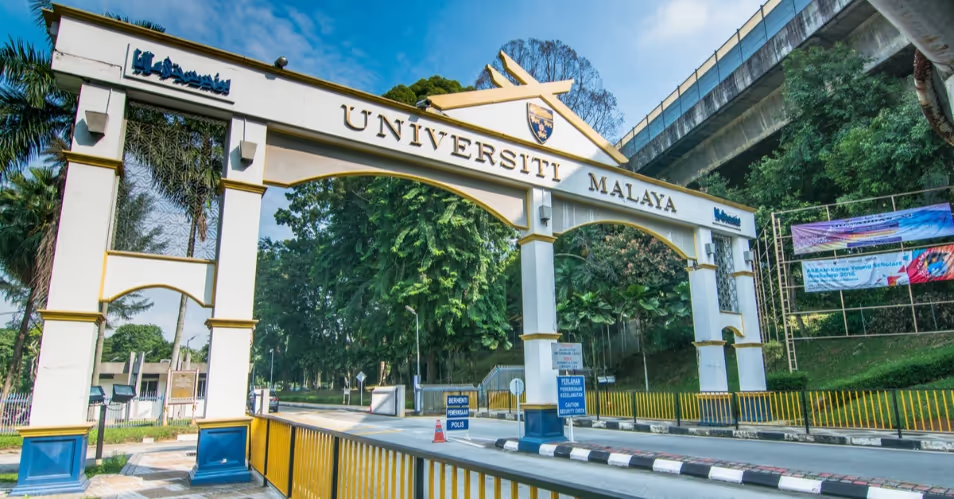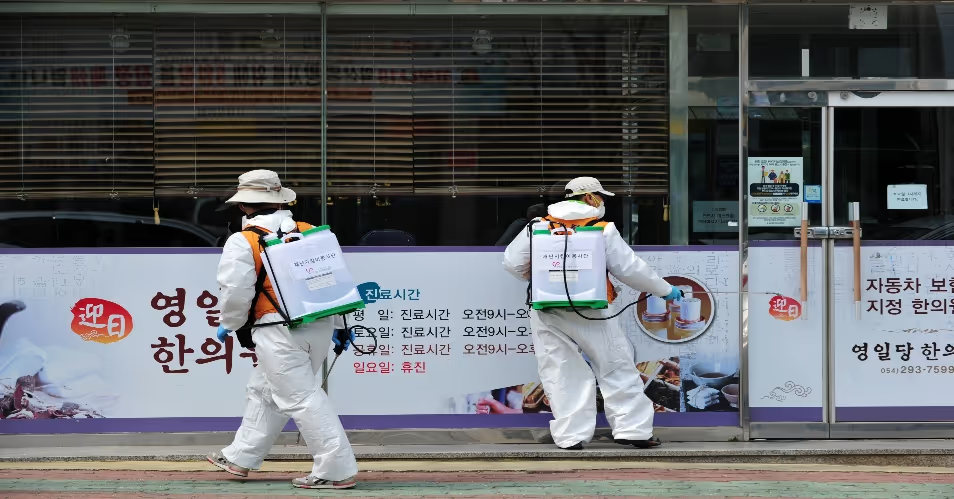
“The diversity of Malaysia’s hawkerstalls reflects the entrepreneurial spirit of its people, adapting to economicchallenges and opportunities.”
Hawkers have been integral to Malaysia’s socio-economic landscape since pre-independence. It provides essential goods and services to rural and urban communities. Historically, hawkers emerged as low-capital self-employment opportunities for individuals with limited formal skills, thriving amidst economic fluctuations. Over time, they have adapted to urbanisation, offering accessible goods while preserving cultural traditions. This discussion paper has two objectives:
i. to review the historical context, economic significance, and role of hawkers in employment and livelihoods, andii. to analyse hawking spaces in Malaysia using spatial satellite datasets, focusing on their distribution and evolving role in urbanised environments.
Key takeaways of the report:
A Review of Hawker Landscape in Malaysia
- Hawkers have been integral to Malaysia’s socioeconomic development since the mid-19th century, emerging as a low-capital livelihood for migrants and those with limited formal skills. They played a crucial role in urban life, especially in food supply, and acted as a safety net during economic crises.
- Efforts to formalise the sector began in the 1970s with licensing programs to manage urban conflicts, later institutionalised through policies like the National Policy on Hawkers (1987). Despite progress, unlicensed hawkers remain a challenge, reflecting gaps in formalisation and inclusivity.
- Hawkers contribute significantly to Malaysia’s informal sector, comprising a notable portion of informal employment (15% in 2023) and catering to diverse urban populations. Their mobility fills gaps in underserved areas, offering affordable food and goods to lower-income groups.
- Hawkers act as a “safety valve” for employment, addressing poverty and inequality by providing livelihoods to individuals with limited resources. They ensure accessibility and affordability in the food supply, complement formal retail and preserve cultural traditions while adapting to modern demands.
- Hawkers face regulatory hurdles, limited access to financing, and competition from formal retail. Hygiene and food safety concerns and urban planning challenges like traffic congestion and public space encroachment hinder their growth and sustainability. These issues underscore the need for stronger policies and institutional support to balance economic inclusivity with urban order.
The distribution and characteristics of hawking spaces in Malaysia
- Diverse structures reflecting economic disparities: Hawker stalls range from mobile setups to permanent structures, with permanent stalls dominating in economically robust states due to better access to capital and higher consumer demand. In contrast, less permanent setups prevail in lower-income states, highlighting resource limitations and short-term business strategies.
- Convenience and affordability drive demand: Hawkers cater to time-constrained working populations by offering convenient, affordable, and accessible food options in strategic urban locations. Their low operational costs make street food an economical choice for all income levels, reinforcing its role in reducing urban living costs and supporting food security.
- Urbanisation and cultural integration: Hawker stalls are concentrated in high-density urban areas, driven by economic activity, population demand, and government support. This culture not only meets urban food needs but also provides accessible livelihoods in regions with limited formal employment opportunities, blending economic necessity with Malaysia’s cultural heritage.
Read the full report to understand the role of hawkers in Malaysia.















